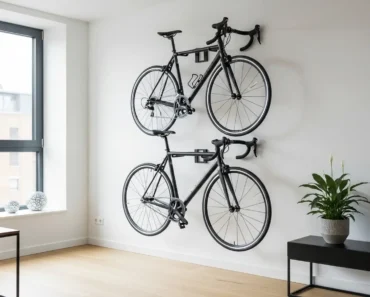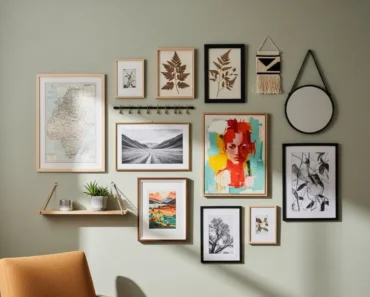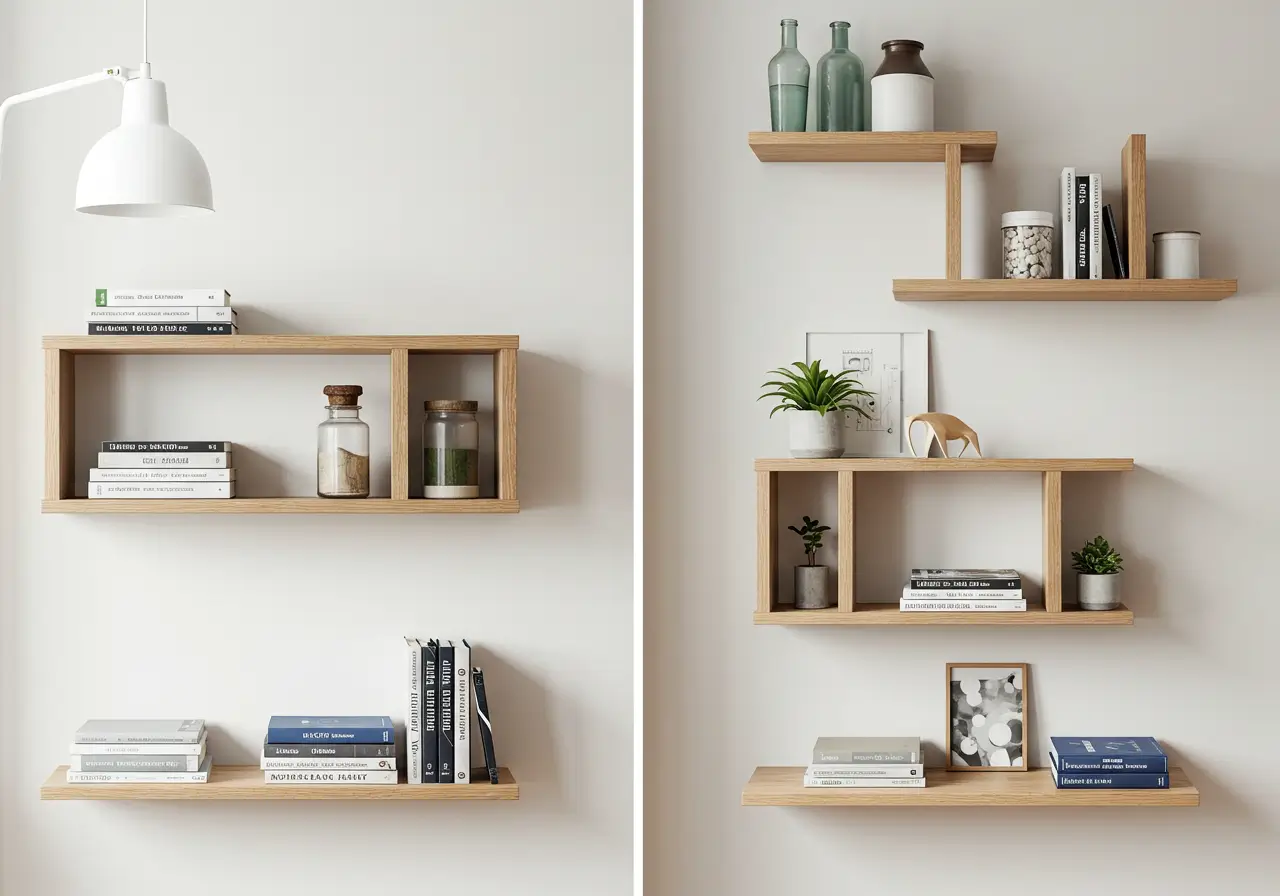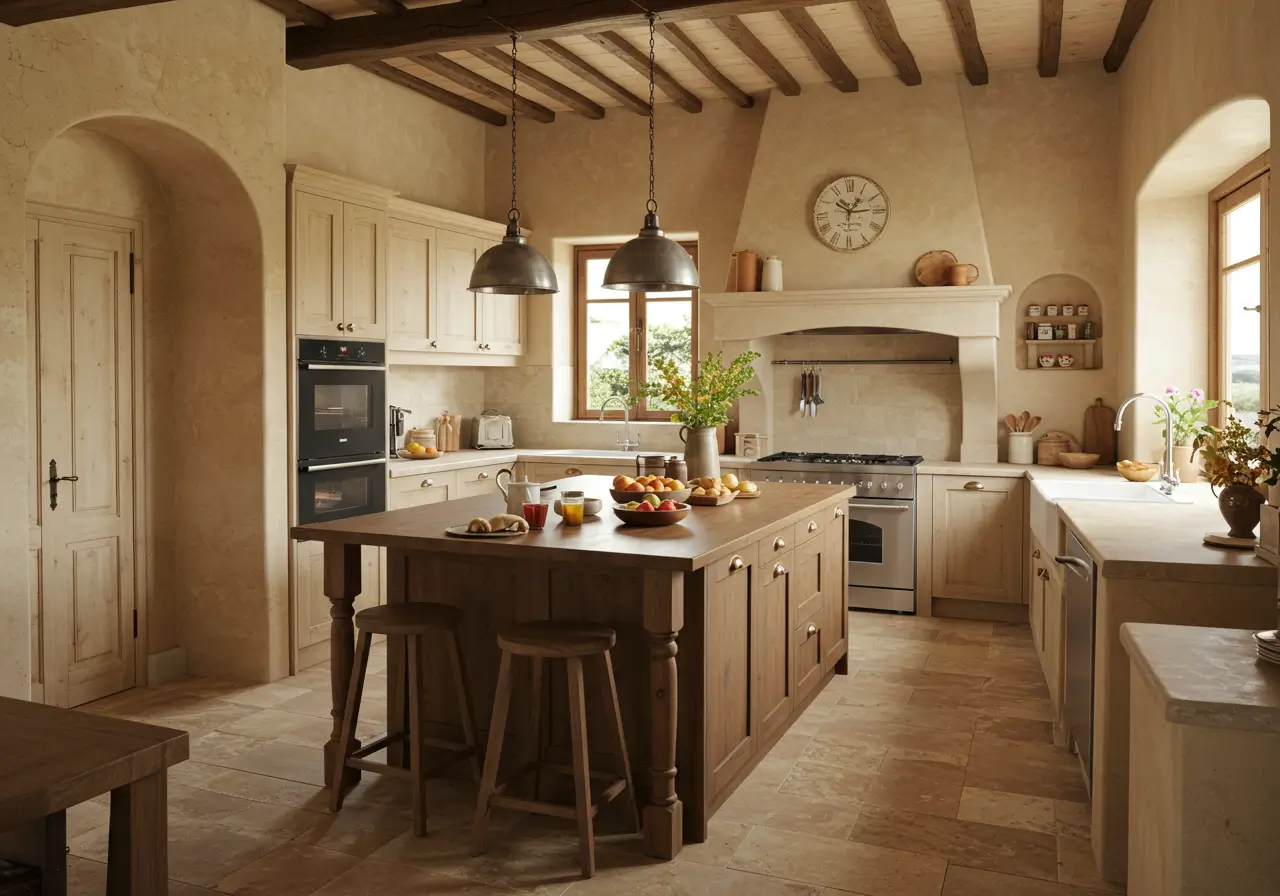Effective office interior decoration is far more than just aesthetics; it’s a crucial factor in fostering productivity, employee well-being, and reflecting company culture. A well-designed workspace can reduce stress, encourage collaboration, and even boost creativity. In Southern Europe and globally, businesses are increasingly recognizing that their physical environment significantly impacts their success.
Beyond just looking good, the design choices you make in your office directly influence the daily experience of everyone who works there or visits. From the color of the walls to the placement of furniture, every detail contributes to the overall atmosphere.
This guide presents 11 essential ideas to transform your office interior decoration, drawing inspiration from comfortable Home and refreshing Outdoor Aesthetic principles to help you create a space where your business and team can flourish.
11 Essential Ideas for Office Interior Decoration
Transforming your office into a space that fosters productivity and comfort requires attention to several key design elements. Here are 11 ideas to guide your office interior decoration project:
1. Prioritize Ergonomic Furniture

Comfort is foundational. Invest in adjustable chairs, desks, and workstations that support good posture and reduce physical strain. Ergonomic furniture is essential for long hours at a desk and demonstrates a commitment to employee health.
2. Leverage Color Psychology

Choose colors based on the desired mood and function of different areas. Blues and greens for calm and focus, yellows for creativity, and warm neutrals for a welcoming base. Strategic color use can significantly impact mood and productivity.
3. Implement Layered Lighting

Combine ambient, task, and accent lighting to create a dynamic and functional environment. Maximize natural light whenever possible. Good lighting reduces eye strain and enhances the overall atmosphere.
4. Bring Nature Indoors (Biophilia)

Integrate plants, natural materials, and nature-inspired art. Biophilic design is proven to reduce stress, improve air quality, and boost creativity, connecting the indoor space to the beneficial aspects of the outdoor environment.
5. Create Comfortable Breakout Zones
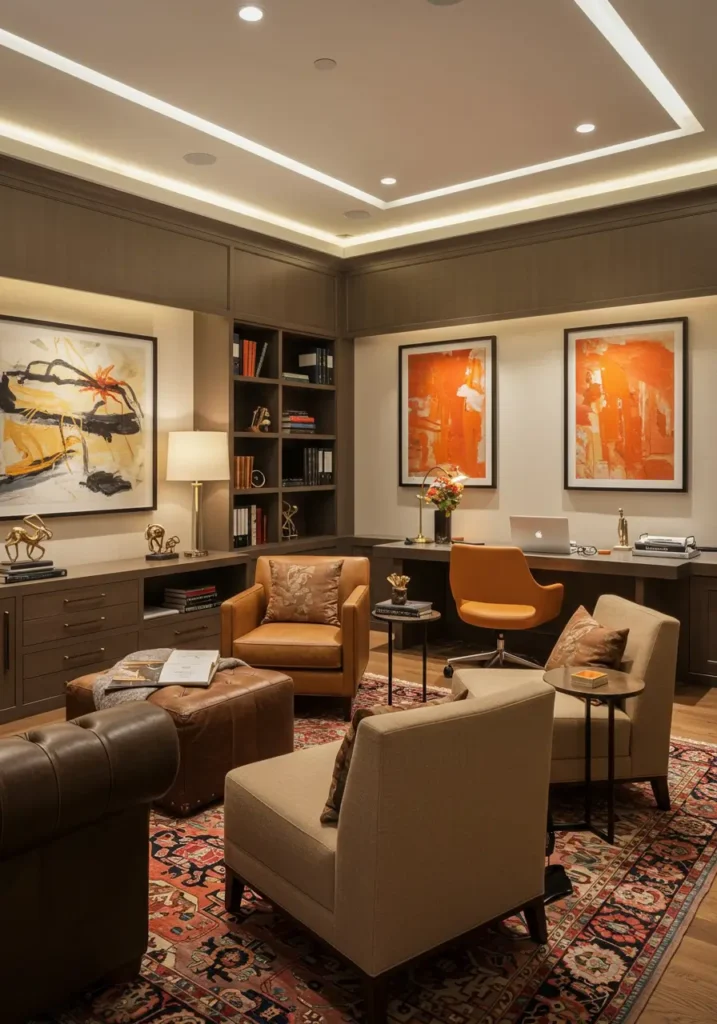
Design areas with comfortable seating like sofas or armchairs, mimicking home comforts. These zones encourage informal meetings, relaxation, and can boost spontaneous collaboration.
6. Maximize Natural Light & Views

Arrange layouts to give employees access to windows and natural light. Views of the outdoors are invigorating and align with principles of outdoor aesthetics, improving mood and well-being.
7. Use Natural Materials & Textures
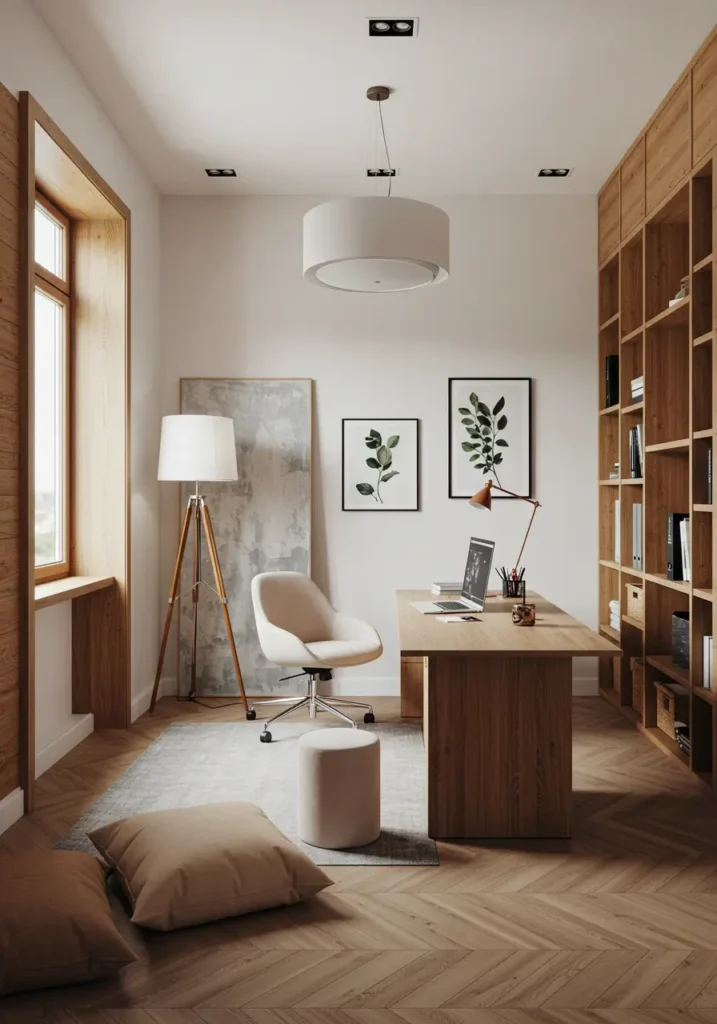
Incorporate wood, stone, cork, or bamboo in furniture or finishes. Adding soft textiles like rugs and cushions introduces texture and warmth, making the office feel less sterile and more inviting.
8. Encourage Personal Touches

Allow employees a degree of freedom to personalize their immediate workspace with photos or small decor items. This helps them feel more at home and invested in their environment.
9. Define Spaces with Area Rugs

Much like in a home, rugs can define different zones within an open-plan office without the need for walls, adding visual interest and acoustic benefits.
10. Integrate Artwork and Branding

Select artwork that aligns with your brand or inspires creativity. Use signage or feature walls to subtly reinforce company values and identity, making the space uniquely yours.
11. Design Flexible, Multi-functional Areas

Create spaces that can be easily reconfigured for different uses, like a meeting room that adapts for workshops or a lounge area for informal brainstorms. This flexibility maximizes space utility and adapts to activity-based working.
Related Posts: Kitchen Remodel Design: 10 Inspiring Ideas for Southern European Homes
Drawing Inspiration from Home & Outdoor Aesthetics
Many effective office interior decoration strategies borrow heavily from the comfort, warmth, and natural connection found in home and outdoor design principles.
Creating a Sense of Welcome

The goal is to move away from cold, sterile environments towards spaces that feel welcoming, much like entering a comfortable home. This involves thoughtful furniture arrangement, soft lighting, and personal touches.
Connecting with Nature

Incorporating natural elements – from plants and natural light to materials like wood and stone – mirrors the calming and invigorating effects of being outdoors or in a nature-focused home environment.
Focus on Well-being

Just as homes are designed for relaxation and comfort, modern offices are incorporating elements that promote physical and mental well-being, such as ergonomic furniture, quiet zones, and access to natural light and greenery.
Maintaining Your Office Design
Ensuring your office interior decoration remains effective and appealing over time requires ongoing care and attention.
Regular Cleaning and Upkeep
Implement a consistent cleaning schedule tailored to the different materials and furniture in your office. Regular cleaning preserves the appearance and lifespan of your decor. Address minor issues like scuffs or small damages promptly.
Periodic Refreshing
Consider refreshing certain elements that show significant wear or are easily updated, such as paint, upholstery, or decorative accessories. Small changes can revitalize the space without requiring a full overhaul.
Adapting to Needs
Periodically review how the space is functioning for your team. As your business grows or work styles evolve, the needs of the office may change. Be prepared to make adjustments to the layout or features to maintain optimal functionality and comfort.
Making the Right Design Choices
Deciding on the best office interior decoration for your business involves balancing aesthetics with functionality, budget, and the specific needs of your employees.
Consider hiring a professional designer if your budget allows, especially for complex projects or larger spaces. They can offer expertise in layout, material selection, and creating a cohesive look that aligns with your brand. However, many effective improvements can be made with careful planning and attention to the ideas discussed.
Gather feedback from your employees. They are the primary users of the space and can provide invaluable insights into what works and what doesn’t, helping you create a space that truly supports their daily work.
Designing for Success and Well-being
Effective office interior decoration is a continuous process aimed at creating a workspace that is not only visually appealing but also actively contributes to the productivity, comfort, and well-being of everyone who uses it.
By implementing the 11 ideas discussed, from choosing the right colors and furniture to incorporating natural elements and creating flexible zones, you can transform your office into an environment that reflects your company’s values and supports your team’s best work.
A well-decorated office is a powerful asset, enhancing employee satisfaction and making a positive statement to clients and visitors. It’s an investment in your company’s culture and future success.
Frequently Asked Questions About Office Design
What are the most important aspects of office interior decoration?
Key aspects include functional layout, ergonomic furniture, effective lighting, strategic color use, incorporation of natural elements, and creating comfortable, adaptable spaces.
How can I make my office more comfortable like a home?
Incorporate soft textiles (rugs, cushions), comfortable seating in breakout areas, allow for personal touches, use warmer lighting temperatures, and integrate natural materials and plants.
Is open-plan always the best office layout?
Open-plan can foster collaboration but may lack privacy for focused work. Modern design often uses a mix of open areas, quiet zones, private offices, and meeting rooms to support various tasks (activity-based working).
How does natural light affect office productivity?
Natural light significantly improves mood, reduces eye strain, and can increase alertness and productivity. Maximizing its use is a key goal in modern office design, often drawing from outdoor aesthetic principles.
Should employees have input on office design?
Absolutely. Employees are the main users of the space. Gathering their feedback helps ensure the design meets their practical needs and creates an environment they feel comfortable and productive in.
